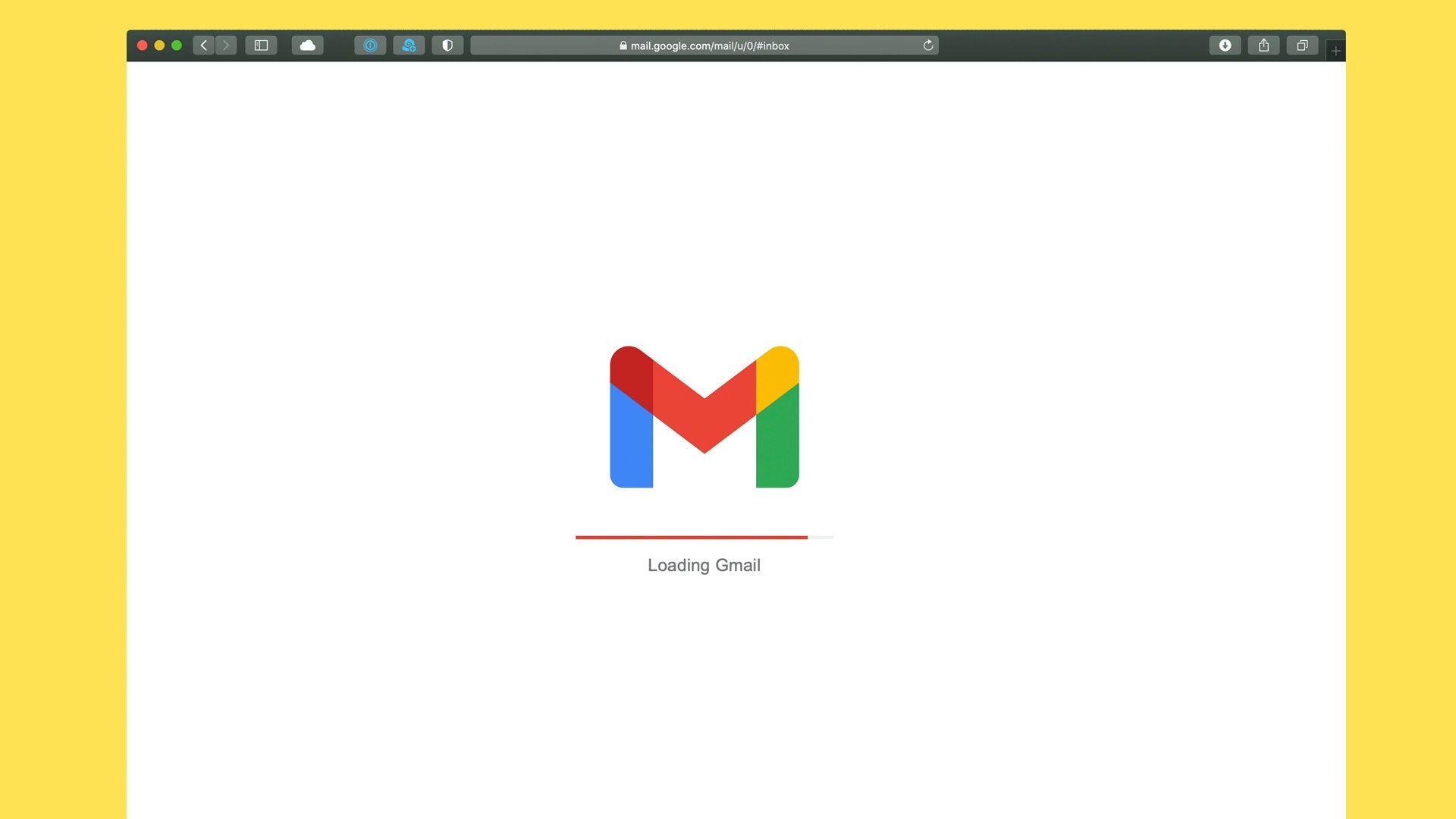In my time at Element Three, email has been one of the hairiest marketing endeavors I’ve been involved with, which might be surprising considering the other awesome, complicated work we do on a regular basis. The reason is that email seems like it should be simple, but there’s a lack of understanding of the complexity of this thing you receive 163 times a day. So, allow me to step up on my email soapbox once more.
So Many Errors, So Little Time
Remember in high school algebra when the equations started to involve punctuation marks? Word problems were something like: “Abby has 12 shirts she’s choosing between for a three-day trip. How many combinations of shirts are there?” No, just me? I digress.
These problems show the huge number of combinations there are, even with only a few variables. Email works the same way. Litmus provided some context and details in this blog post. For example, assume two email service providers, 15 operating systems, 50 email clients, five possible screen sizes, and two image states—how many potential renderings are there? The answer: 15,000.
Which also translates to: 15,000 points where something can go wrong.
What Drives Up the Cost of Emails?
In a word: testing. The more complex an email, the more potential breaking points it has, and the more QA you need to do before sending to make sure the whole thing doesn’t blow up in your face. It requires more time for developers and designers to collaborate and problem-solve.
Think about how much time it would take to proofread a book that’s printed in multiple languages. Email is the same way, but it actually gets even more complex because not only are you testing based on inboxes, you’re also contending with device differences. It’s more like a book in multiple languages that’s being printed in hardcover and paperback, released as an e-book, and produced as an audiobook on top.
Gmail works differently than Apple Mail. Everything works differently than Outlook 2010, 2013, 2016, or 2019. Depending on your industry, you might also be solving for rendering in inboxes with smaller footholds: Samsung Email, Google Android, or Yahoo!.
What Makes an Email Campaign Successful?
Email is definitely worth it, if you’re realistic about it. There are so many variables that determine whether an email is effective, so it’s better to keep it pretty simple, especially if you’re just starting out.
Let’s talk about the list of things an email’s success depends on, so you know exactly what’s important and what isn’t.
1. Open Rate
Well, first things first: in order to have a successful email, your audience needs to open it. And there is a multitude of things that determines whether or not someone opens your email. Some of these things are under your control, while others, unfortunately, are not.
Subject lines that grab attention
Your subject line is the most powerful tool you have in your toolbox to get people to pay attention to your emails. What “grabs attention” is up for debate, but can include the use of personalization, emojis, or offers (like discounts and sales). But don’t lay everything out in the subject line—if I can figure out your sale is for two days only and is up to 50% off with free shipping just from reading the subject, I don’t need to open your email. But, if your subject line says it’s 50% off and the code is inside, well, I’m opening that email.
On the other hand, grabbing attention is not always the be-all and end-all of everything, not at all costs. One thing grabs attention but you should absolutely not do it: ALL CAPS ALL THE TIME with lots of punctuation. This looks like spam. And you don’t want to look like spam. You want the kind of attention that gets people to open an email, not the kind of attention that gets people to funnel your emails directly to their trash.
Trustworthiness
Are people expecting to get an email from you? Are you sending from an actual person’s email address, or using a standard “No Reply”? It’s a double-edged sword, I know. No one likes to have their actual email address sacrificed to a massive list (I’m speaking from personal experience, here). But, if your list is small-ish, definitely consider this route. Again, it’s all about making sure you aren’t in any way misconstrued as spam.
Time of day
For years Tuesday at 10 AM was considered the best time to send an email. It’s a time when people are working, getting settled, but it’s not Monday with an overflowing inbox from the weekend and beyond. So, naturally, everyone started scheduling their emails for Tuesdays at 10, which meant it was no longer unique or effective.
This is a stab in the dark, but as a general rule of thumb: make sure the time you send matches the intent of the email and its audience. For example, B2B companies should send during business hours as much as possible. But if you’re a retailer, there’s no harm in sending in the evening or on weekends—times when people are likely to be scrolling on their phones.
How the service provider sorts your email
This is where things are kind of out of your hands. If you’re not coming across spammy, you can do little to convince Gmail not to filter your email to the “shopping/promotion” tab rather than “updates.” Just don’t use techniques that bring spam to mind, and hope for the best.
2. Email Rendering
Congrats! After all that, you’ve created an email that people are opening. How does it look? Not in wireframe form—how does your email look on mobile/desktop/tablet in Gmail/Apple Mail/Outlook? Do your images automatically download? If not, is your text a color that people can still read, or does it look like a mistake? People can’t click the button if they can’t see it. And they can’t convert if they don’t click the button.
Take care to make sure your emails perform visually on as many devices as possible, in as many email apps as possible. Otherwise, all the work you did to get your reader to open it could very well be wasted effort.
3. Email Content & Click-through Rate
Okay, so the email looks good, but do people like what you wrote? This is where I look at the open-click rate. It shows the number of people who clicked divided by the number of people who opened the email.
So then, the question becomes: do you add a ton of buttons to give people options, or concentrate on driving a single action? And the answer is, it depends. On your audience, on your goals, on what you’re trying to measure.
Is the audience at the top of the funnel? Are you trying to make them aware of how great your brand is and how many resources exist? Then sure—give them options and direction. Are they an SQL who you want to learn very specific things? Then give them a single action: Sign up for this webinar. Talk to sales. Schedule a demo. Those CTAs are less vague than a “see our resource library” action because you know before you click on it what’s on the other side of the button.
Test Your Template & Don’t Sweat the Small Stuff
In the end, as with most digital marketing questions, the answer to great emails is simple: test, test, TEST! Definitely start by thinking about the variables that we’ve talked about here so far, but as long as you’re being smart, just get in there and get your hands dirty. Try things, A/B test, and see what works—and what doesn’t. And don’t sweat it too much when a little thing here and there fails. It’s almost guaranteed to happen. Pick yourself up, dust yourself off, and try again while leveraging what you’ve learned. If you follow along with these ideas, you’ll be an email master in no time.





